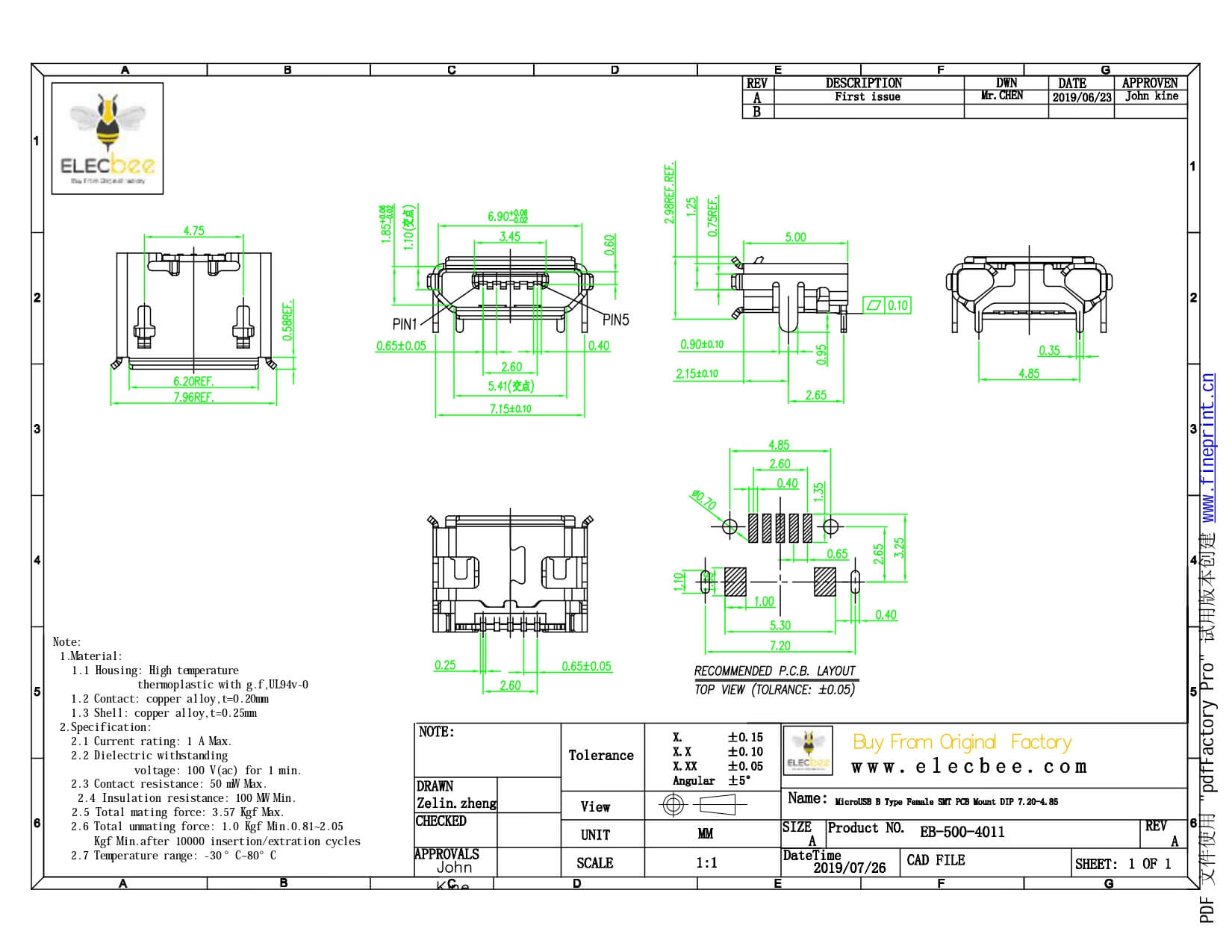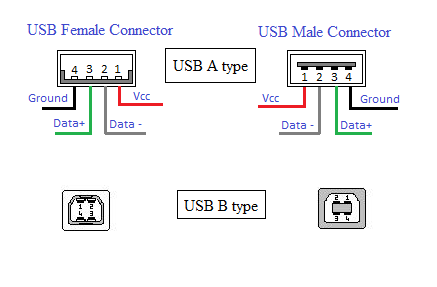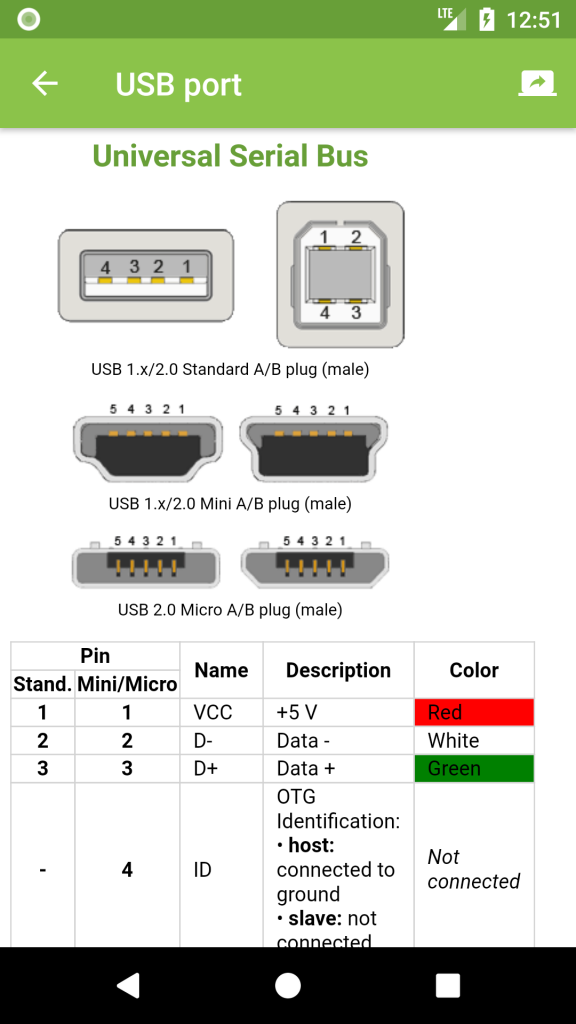

Typically, that requires both a DisplayPort port, and a DisplayPort cable, but USB-C changes that. USB-C to DisplayPortĭisplayPort - as the name might suggest - is specifically designed to transmit video signals between your computer and a display of some kind, like a monitor, TV, or projector. When buying devices, you’ll just need to keep your eye on the details and make sure you’re buying devices (and cables) that support the USB standard you need in a device.

In fact, Nokia’s N1 Android tablet uses a USB Type-C connector, but underneath it’s all USB 2.0 - not even USB 3.0. However, these technologies are closely related. USB Type-C is just a connector shape, and the underlying technology could just be USB 2, USB 3, or USB 4. USB Type-C isn’t the same thing as USB 3.2 or USB 4, though. Regular USB 4 has a maximum transfer rate of 40 gigabits per second, and USB v2.0 has a maximum transfer rate of 80 gigabits per second. There are only two versions of USB 4: USB 4, and USB 4 v2.0. USB 4 has tried to avoid falling into the naming trap. You could plug your laptop into an external display connected to a power cable, and that external display would charge your laptop as you used it as an external display - all via the one little USB Type-C connection. You could even charge your laptop from one of those portable battery packs you charge your smartphones and other portable devices from today. USB-C could spell the end of all those proprietary laptop charging cables, with everything charging via a standard USB connection. This kind of power delivery could even let you charge a laptop, which usually requires up to about 60 watts.Īpple’s MacBook Air and Google’s Chromebook Pixel both use their USB-C ports as their charging ports. And this power can be transferred at the same time the device is transmitting data across the connection.

It’s bi-directional, so a device can either send or receive power. The USB PD specification v3.1 supported by USB-C ups this power delivery to an enormous 240 watts. A USB 2.0 connection provides up to 2.5 watts of power-enough to charge your phone or tablet, but that’s about it. The USB PD specification is also closely intertwined with USB Type-C.


 0 kommentar(er)
0 kommentar(er)
